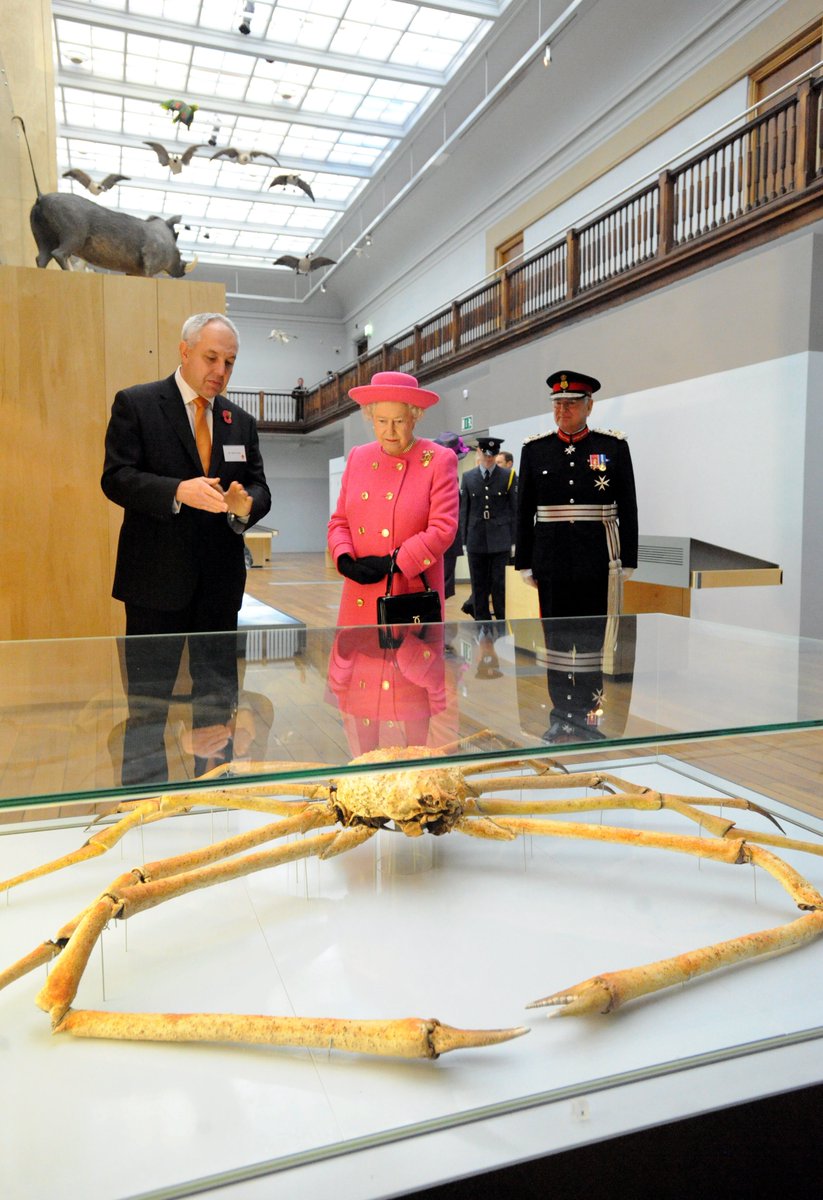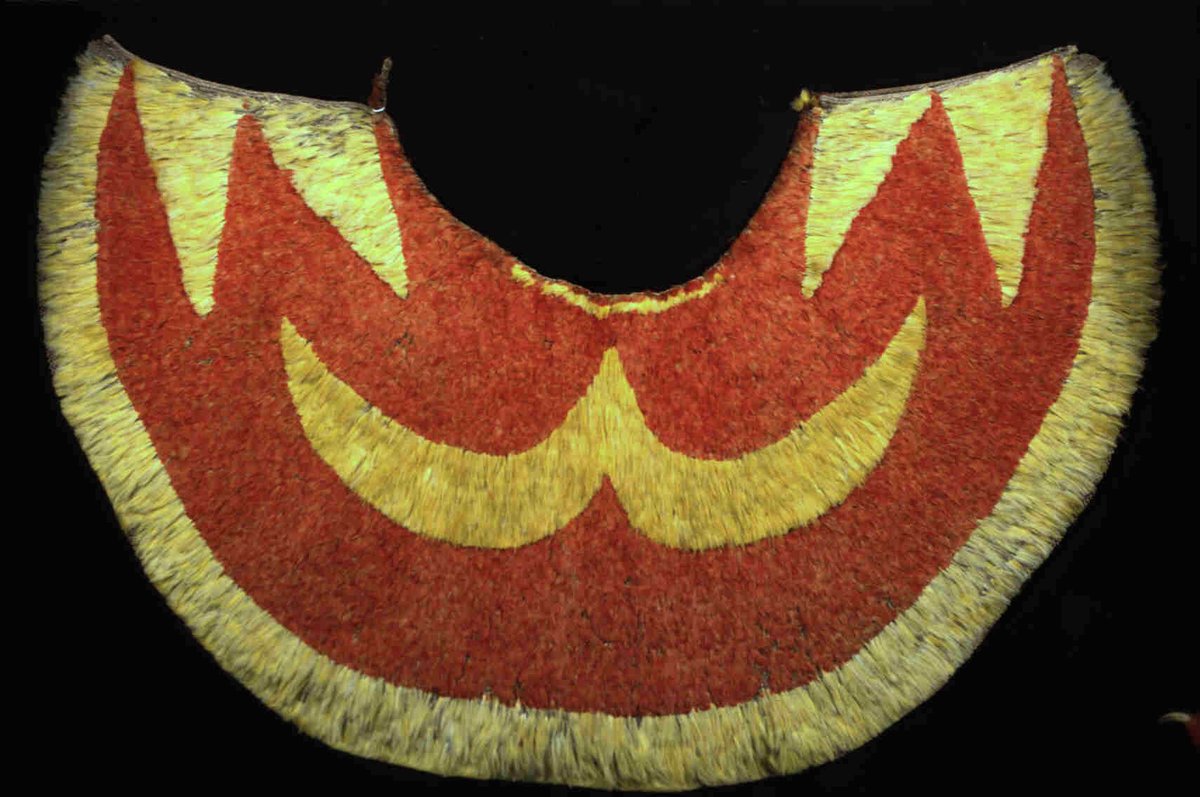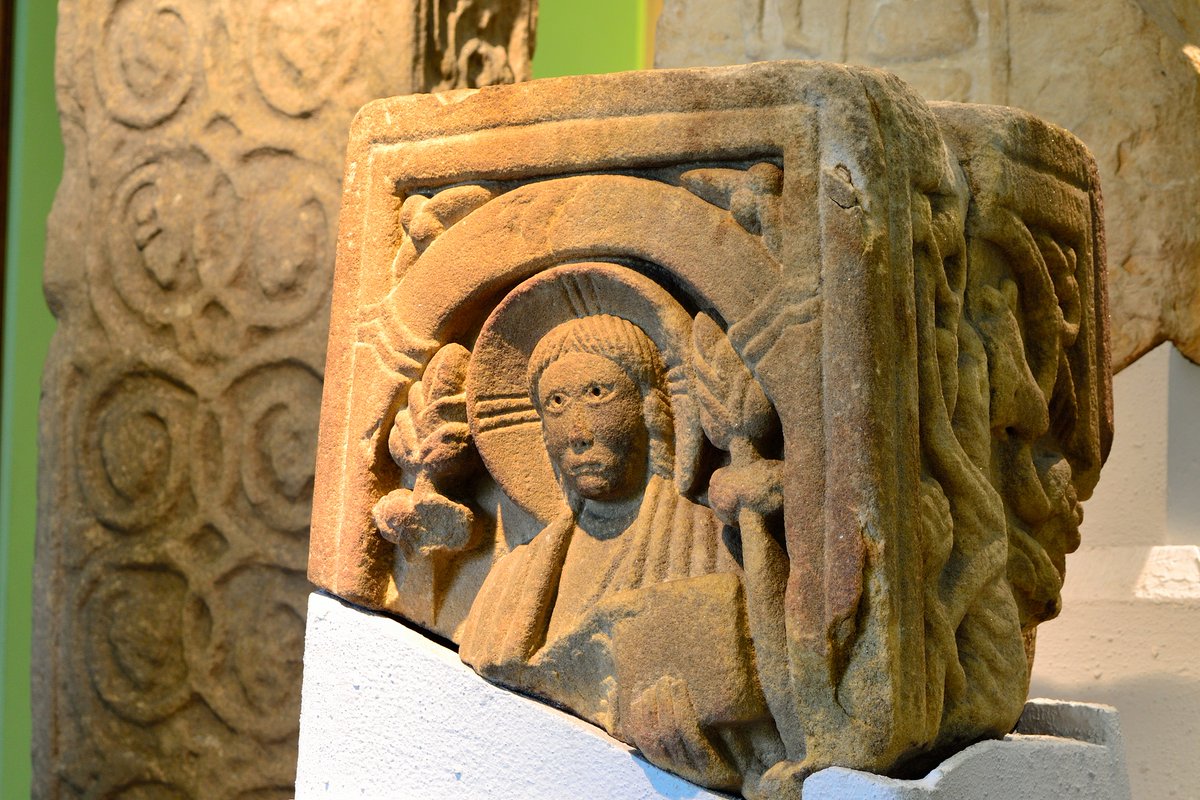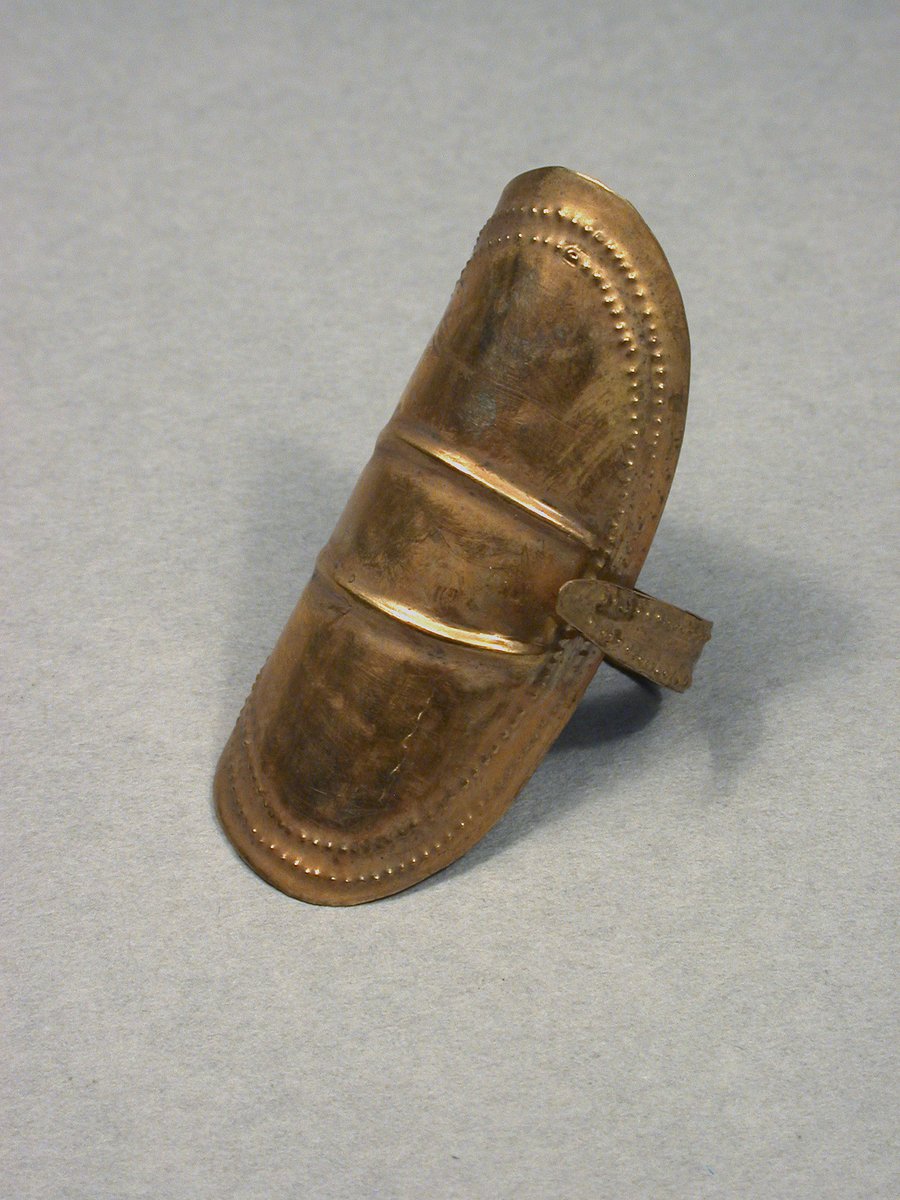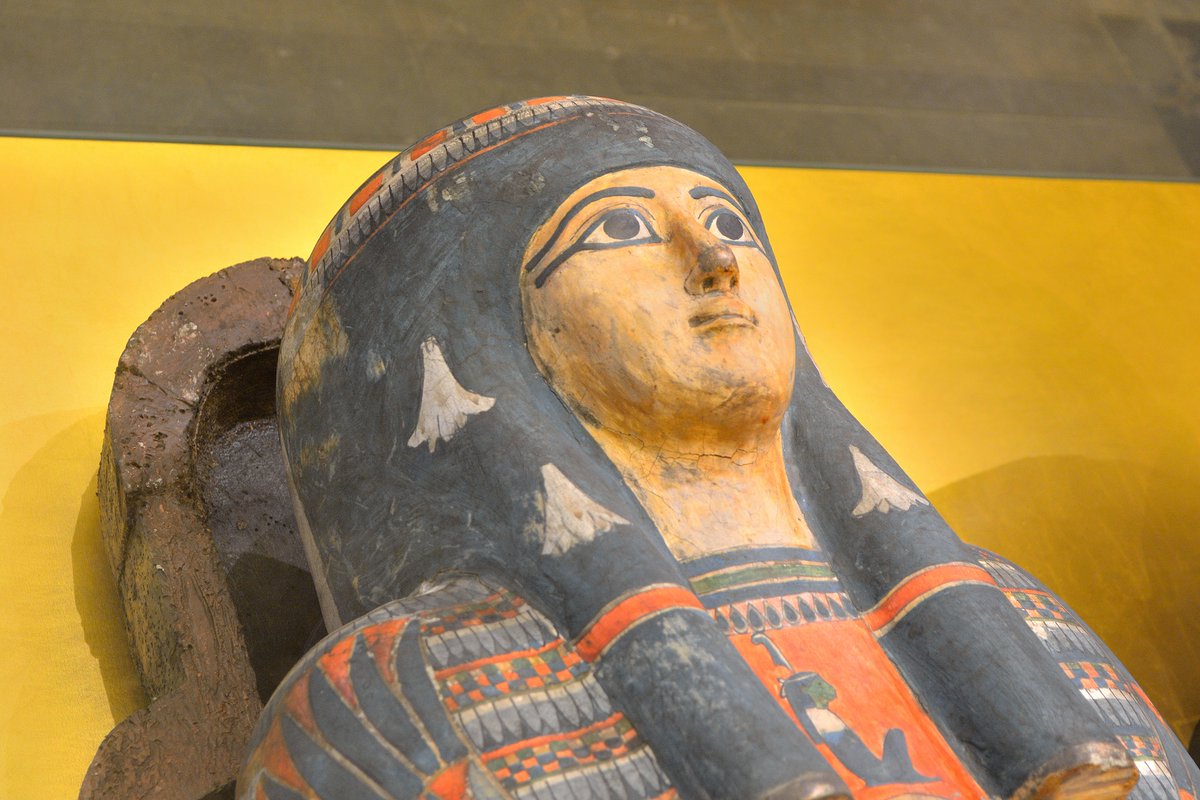THREAD for Day 24 of #MuseumsUnlocked - Durham, Newcastle and Sunderland edition. 10 of our favourite exhibits from the Great North Museum: Hancock @profdanhicks @altweet_pet @UniofNewcastle @NEE_Naturalist @NclAntiquaries @TWAMmuseums @iainawatson
1. A rare, enormous Japanese spider crab. Back in 1877, John Hancock& #39;s friend Captain Henry Craven St John sent him this amazing creature from the Far East. It arrived in many pieces and had to be carefully re-assembled like a giant jigsaw puzzle. #MuseumsUnlocked
2. A royal Russian gift. This giant, glittering chunk of quartz amethyst was sent by Tsar Nicholas I of Russia. He ordered his mining chiefs to form a new mineral collection and send it to the Natural History Society of Northumbria in 1838. #MuseumsUnlocked
3. A Chief’s feather cape. This huge Hawaiian cape, crafted using hundreds of feathers from tropical honeycreeper birds, would have been worn by a high-ranking Chief on occasions when he wanted to dress to impress. It was donated to the museum in 1834-5. #MuseumsUnlocked
4. A heavy hoplite helmet. This bronze Corinthian helmet once belonged to a Greek soldier, but was left in an ancient sanctuary to thank the gods for a military victory. The helmet looks as if it took a few whacks from enemy weapons in its time! #MuseumsUnlocked
5. An ancient cross. This beautifully carved stone was once part of a large Anglo-Saxon cross in Rothbury, Northumberland from about 800 AD. Each side is intricately decorated, making it one of the finest artistic achievements of Christian Northumbria. #MuseumsUnlocked
6. An important inscription. This stone comes from one of the milecastles (fortified gates) along @HadriansWall. Its inscription proves that it was indeed Emperor Hadrian who ordered a great wall to be built from coast to coast across England. #MuseumsUnlocked
7. Bronze Age gold. Shining as brightly as if it had been made yesterday, this delicate gold item, possibly a hair decoration, is an incredible 4,000 years old. It was discovered in the 1930s in a Bronze Age burial plot in Kirkhaugh, Northumberland. #MuseumsUnlocked
8. A swamp-beast skull. If you were a small fish 300 million years ago, you’d dread an encounter with this big-jawed amphibian. Known as Megalocephalus pachycephalus, this fearsome predator cruised through the steamy prehistoric swamps of Northumberland. #MuseumsUnlocked
9. A strange standing wombat. Meet Europe’s first ever wombat! The taxidermist in charge of stuffing the wombat had never seen one alive and didn’t know it would have walked on all fours, so he stood it on its back legs like a sort of chubby little kangaroo. #MuseumsUnlocked
10. A complete coffin. This painted cartonnage, dating back to around 900 BC, contains a mummified woman named Bakt-en-Hor. The decoration shows images from the Book of the Dead, depictions of divine figures and symbols of rebirth. #MuseumsUnlocked

 Read on Twitter
Read on Twitter